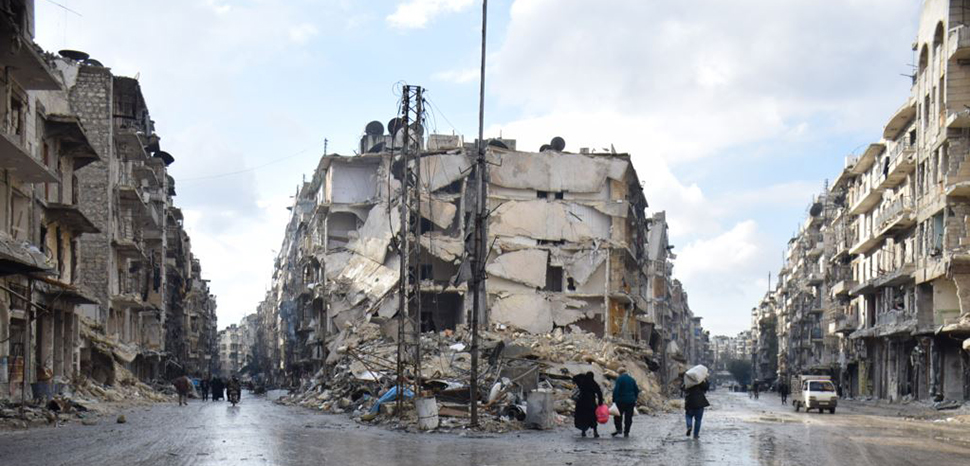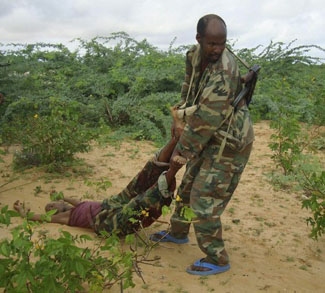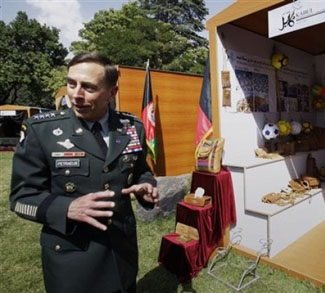Since the Ukraine war escalated in February, there has been a steady flow of images, footage, and data documenting horrific and indiscriminate attacks by Russian forces. This is not the first ‘social media conflict’ – where victims, witnesses, and local communities upload their stories online – but it shows why it is so urgent to document this harm.
Monitoring locally-reported incidents of civilian harm from open sources including social media and community reporting in places such as Syria, Iraq, Somalia, Yemen, Israel, and the Gaza Strip, can help show the real civilian toll of the actions of some of the world’s most powerful militaries.
This is a world away from what militaries collect themselves. Most have few to any mechanisms for reliably assessing how they harm civilians. For example, France has not admitted to killing a single civilian in eight years of bombing the Islamic State in Iraq and Syria; the UK just one.
The lack of effective systems to monitor and record civilians killed and injured by states’ actions has urgent implications for accountability, blocking potential pathways for justice for survivors and limiting pressure to stop these attacks – many of which involve the use of heavy explosives in urban areas where the risks to civilians are increased.
Open-source information shows how, around the world, people’s lives and livelihoods continue to be altered by conflict. Recently, a Russian or Syrian regime attack killed four children walking home from school in Maaret Al Nassan, in Idlib. A video posted online showed the father of one of the children killed sobbing over the body of his son.
Archives of tens of thousands of civilian victims around the world collected by casualty documenters over the past years show the same consistent pattern of harm affecting people living in conflict areas – whether these are attacks by the US-led Coalition, Russia, the Syrian regime, or Turkey.
Local Sources Must Be Taken into Account
This is why the public must pressure governments to listen to and engage with civil society groups which have been storing, preserving, and analyzing the voices of local communities.
Some incidents, such as those pertaining to the recent Israeli-Palestinian conflict in May 2021, were widely documented on Instagram, Facebook, TikTok and local media. On average, each locally reported event had around 30 unique sources, although in Gaza, some incidents had over 50 and even more than 100 different reports.
But open source can help even in attacks that aren’t widely documented.
In research on chemical attacks in Syria, there was barely any public information online. In Hama, Aqirbat, in 2016, the Syrian regime allegedly attacked an ISIS controlled area, an attack with one of the highest reported civilian death tolls in the Syrian conflict. In these ISIS-controlled areas, individual phone use was restricted, and residents are still often reluctant to report for fear of reprisals from ISIS-sleeper cells or that they might later be forced back to areas under regime control.
In areas like these, there is a risk of a lack of accountability, as we saw with the recent decision by the Pentagon over civilian harm allegations in Baghouz, Syria, which found no wrongdoing from US action. Open-source reports show between 160 and 300 civilians, including 45 children, were killed in these airstrikes. The Pentagon’s investigation concludes that just 60 people were killed – nearly all of them Islamic State fighters, despite the presence of many women and children. This presumption of militant status is a common refrain from militaries, ignoring reports on the ground. The Pentagon has refused to publish the full report or the terms of reference, which makes understanding whether they talked to any witnesses on the ground impossible.
Many casualty documenters have shown time and again that even in the most hard-to-reach areas, the few local language reports that emerge from local communities must be listened to.
Militaries must work with the limitations and challenges of these contexts – and not allow for these limitations to contribute to a culture of impunity. This means working with civil society organizations, including local networks collecting this information such as the Syrian Network for Human Rights.
All sources must be taken into account in investigations into what, why, and how civilians were harmed – particularly from reports of civilians that claim to have been present during an attack. We urge militaries to critically review their own civilian harm assessment policies and do better at adapting to and recognizing civilian harm – even in contexts where information is scarce.
This must include providing and publicizing as much locational detail as possible when reporting strike logs, sharing data, establishing dedicated civilian harm assessment cells with enhanced assessment and investigative capacities, and the commitment to assess all previous civilian harm allegations where their military may have been involved.
It is imperative to listen to civilians and their accounts of these attacks, rather than powerful militaries and states – who we know so often get it so wrong, and rarely listen to these communities themselves. The world needs documentation from civilians on the ground. Their accounts shed light on the truth, and the details, of what is happening in conflict zones.
Georgia Edwards is an Advocacy Officer and Conflict Researcher at Airwars, a London-based human rights reporting NGO.
The views expressed in this article belong to the authors alone and do not necessarily reflect those of Geopoliticalmonitor.com




